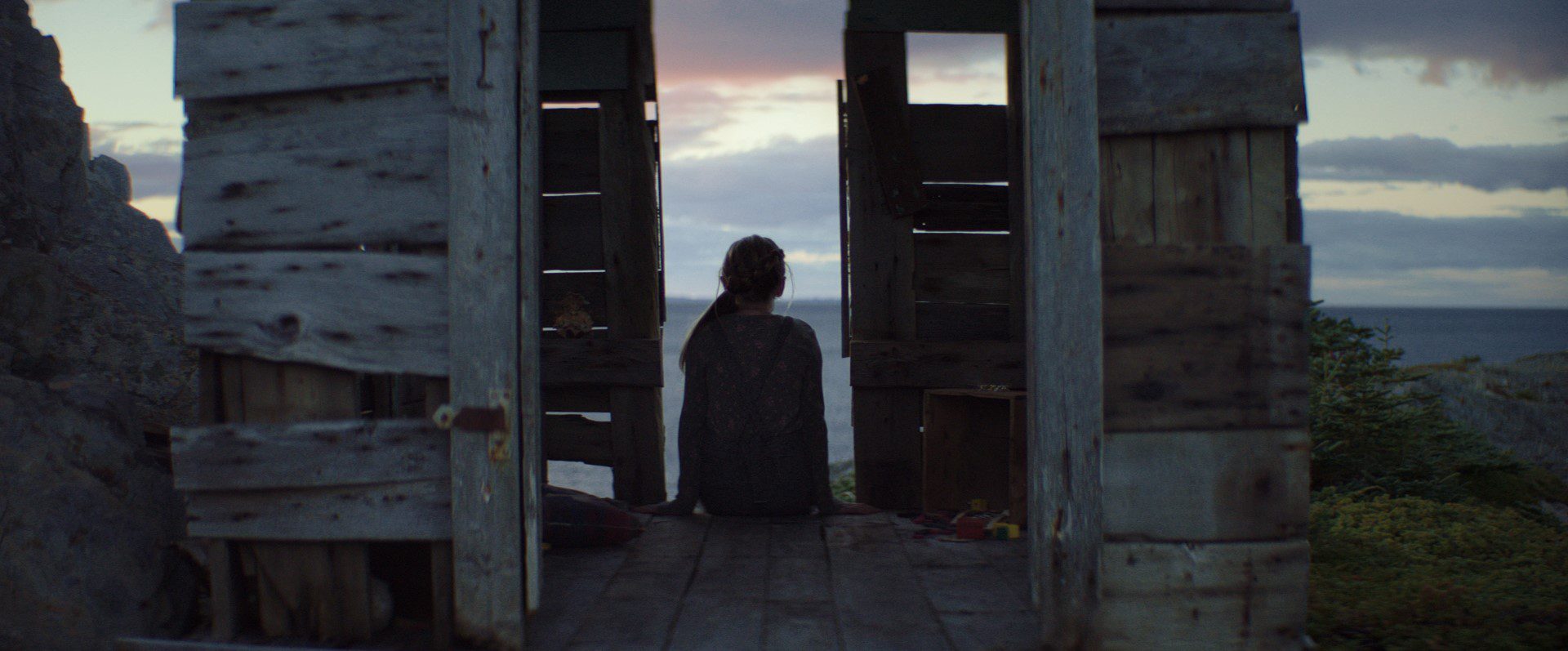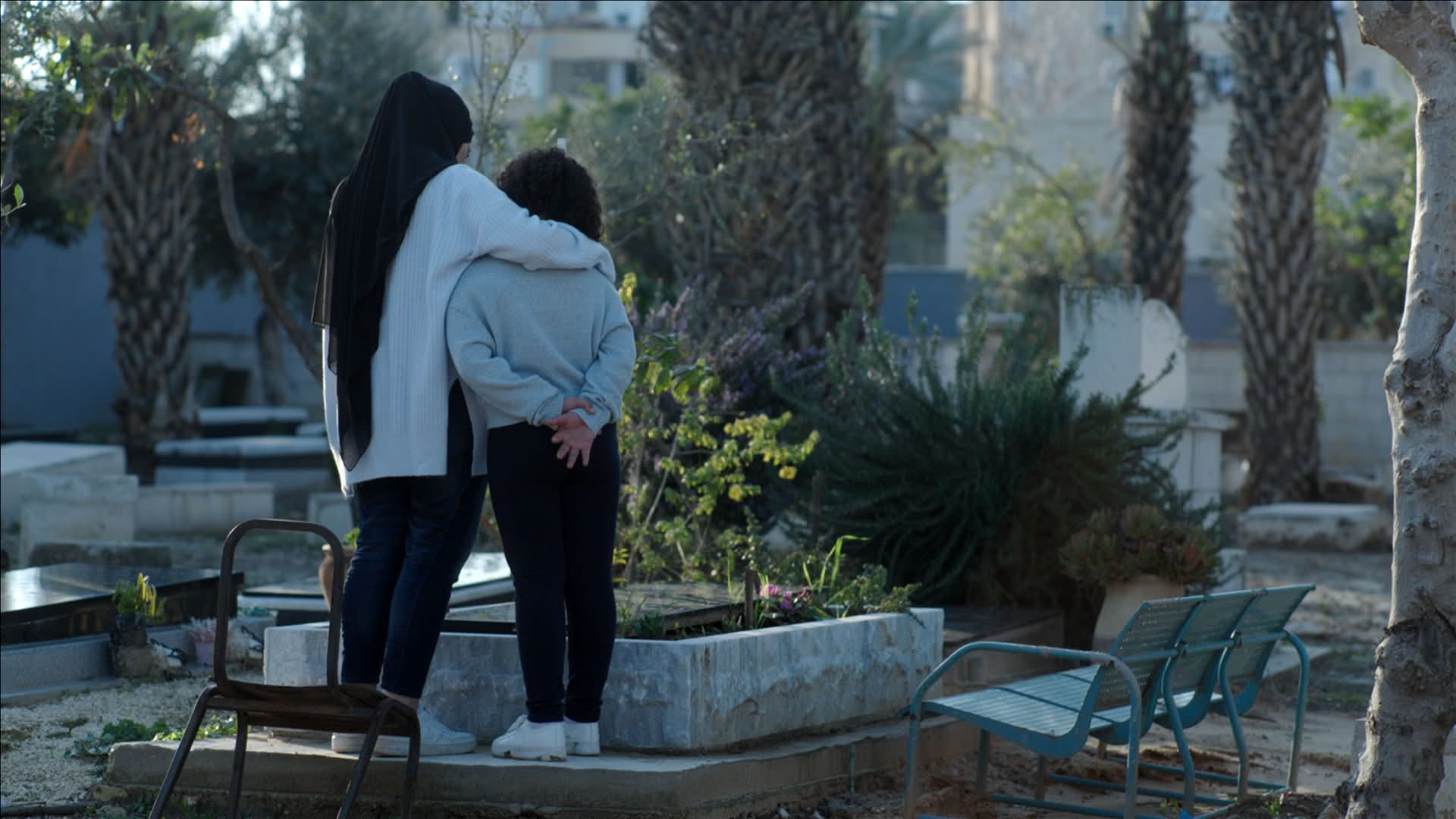 In his latest film, Traffik, writer/director Deon Taylor tells the story of Brea (Paula Patton), a struggling journalist looking for a big story. When she and her boyfriend John (Omar Epps) travel to the mountains for a romantic weekend, they are confronted by a group of men on motorcycles. When they reach their destination, they realize that they have come into the possession of a cell phone which is of vital importance to a group of sex traffickers, which the bikers are desperate to retrieve. Admittedly, Taylor never imagined that he would be involved in bringing a film like this to the screen. However, when a letter from his daughter?s school opened his eyes, he found that the reality of industry was right in front of him..
In his latest film, Traffik, writer/director Deon Taylor tells the story of Brea (Paula Patton), a struggling journalist looking for a big story. When she and her boyfriend John (Omar Epps) travel to the mountains for a romantic weekend, they are confronted by a group of men on motorcycles. When they reach their destination, they realize that they have come into the possession of a cell phone which is of vital importance to a group of sex traffickers, which the bikers are desperate to retrieve. Admittedly, Taylor never imagined that he would be involved in bringing a film like this to the screen. However, when a letter from his daughter?s school opened his eyes, he found that the reality of industry was right in front of him..
?I never thought in a million years and then I will be doing a movie called Traffik,? he begins, ?especially just as an African American male director. It just probably wasn’t going to be in the cards for me. What happened was that my daughter’s school sent this email to me one day and it said to be careful, dropping your kids off at the local mall because kids are being trafficked there. I was just blown away because you’ve seen it all right? Like, we’ve seen guns. You get letters about everything now. Bomb threats, etc. But that was the first time for me, you know what I mean??
Stunned by the letter, Taylor began to explore the issue of trafficking more thoroughly. After doing some research, he found that the problem was far more prevalent than he?d once believed.

Photo: Scott Everett White
?Obviously, as a dad, I just was kind of blown away by this,? Taylor insists. ?I originally though that it doesn’t apply to us because, well, we’re black and maybe that’s not what’s happening. Then I was blown away, man. I went online and googled it and started looking at trafficking and trafficking in my area and I was just surprised to see hundreds and hundreds of cases, even kids in local communities around me that had been trafficked and escaped. Then, I just kept reading and finding out that this was a much bigger domestic problem that I ever imagined in my life. Here I am thinking that this is an international thing. It’s not about here or that’s not for African American kids [that] what I thought was wrong. 62 percent of African American women are leading the charge of being trafficked domestically, followed by Latinos and underserved markets.?
As a result of his findings, Taylor found that his eyes were quickly opened to the widespread problem to which he had been blissfully unaware.?Everything that I had thought was not what it was supposed to be,? he reiterates. ?I was gearing up to write something else and this just stayed with me. It’s the thought of it that haunted me. I became engulfed in reading the headlines based on the true stories about people escaping and didn’t escape and eventually I wrote the film, we did it and here we are. Just like that, in a blink of an eye, every time I watched CNN, I see it on the ticker tape. Every time I’ve watched the local news, it’s there. [And I thought], has it been here this whole time? I just didn’t know? And that’s when it really just kind of grabbed me.?
Though the topic of human trafficking is usually associated with the documentary format, Taylor intentionally sought to do something different with Traffik. A huge fan of the thriller genre, it was his belief that, by utilizing that format for his film, he would be able to educate through entertainment.
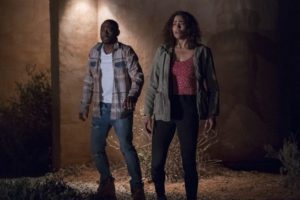
Photo: Scott Everett White
?I had already been a really big fan of The Vanishing. I just kind of was playing around with the idea [of making a thriller] and I just said I’m going to write this,? he claims. ?I’m just going to take the chance to make a movie with this as the backdrop to see if, not only can we create a thriller around it but then at the same time, really figure out a way to educate a younger audience, [especially] African American audiences, or Latino audiences. We can wrap the peel around candy and let them take it this way.?
Nevertheless, Taylor also insists that his use of the thriller format in no way sacrifices his commitment to the realities of the problem.
?What I tried to do on the film was to make the trafficking part is true to form as possible,? he states, “like in terms of how you’re attracting the needles, dirty shot, the transportation, holding people in holding areas, not wanting to speak to anyone in public when you are released. I just tried to find the real beats. I’m really proud of the film, man.?
One of the key elements to the narrative lies in the fact that it presents itself as almost two separate films. By opening the film with the sensibilities of a modern romantic drama, the film eventually veers into the dark and dangerous world below. For Taylor, the key element in bringing this atmosphere lay in his cinematographer, Dante Spinotti.
?The movie was built that way. The idea behind this was a lot of different factors to allow you to feel that [the film splits in two tones]. One was, you know, obviously having Dante Spinotti as our cinematographer, from LA Confidential. He is probably one of the best to ever light anything like, and we wanted to create a world to where the movie when from a fun loving, kind of loose-based thriller into where it turned into what I’m going to [compare to] a car crash.?
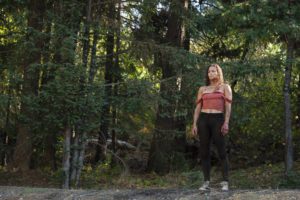
Photo: Scott Everett White
With an experienced cinematographer like Spinnoti at the helm, Taylor felt confident that they could bring a modern film noir element to the screen. In doing so, he wanted the viewer to feel as though they have fallen into a world that exists in reality yet seems foreign and dangerous.
Says Taylor, ?[We wanted] to create a noir thriller. So, we open the movie up with a lot of big vistas, a lot of big greens, beautiful, classic car, you know what I mean? The characters are bold in the frame and it’s beautifully lit all the way to when you get to the pool and the kiss and the making love. [Though,] when the doorbell rings and the girl comes to the door, the entire film from that point on becomes a noir. The forest is lit by headlights from a car. The cabin is lit by a very dim light in the corner of the cabinet, right? It just squishes everything into it and the characters are smaller in frame. The world is vastly tighter. It feels like you’re going on another ride.?
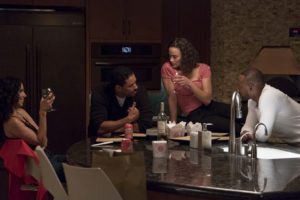
Photo: Scott Everett White
?Have you ever done anything in your life where you have a great day and then something tragic happens, [whether it?s] a car accident, a bad phone call, a death in the family? Everything warps into another world. I thought wouldn’t it be great to actually just pull the carpet from people. The movie is based in and grounded in reality and it would just be great to abruptly turn the page and now you’re in this world and it’s fight or flee.?
Of course, a film with this level of seriousness requires a strong cast. Thankfully, Taylor found the balance between the intelligence and intensity he was looking for in actress Paula Patton for the lead role.
?What I thought Paula did was amazing in the movie,? he responds. ?She found a delicate balance where she’s scared out of her mind, but at the same time she’s fighting and she has to figure it out. Ultimately, she does. I don’t know if people will get it or not, but I just love the fact that she beats her with her mind at the end. I felt like [she] fought through so much and now psychologically she beats them, you know? I just thought that was kinda cool.?
To Taylor, one of the most earth-shattering stories came from a woman on their set who had been involved in the industry herself. By listening to her journey, he realized how methodical and dangerous the world of trafficking truly is.
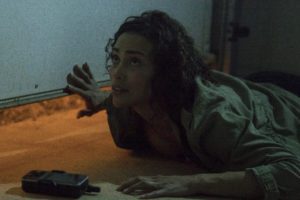
Photo: Scott Everett White
?You know, I’ll blow your mind now here…,? he starts. ?We had a lady that was on the set with us who was a victim but here’s where it gets more interesting. Not only was she a victim when she was a young black woman but ultimately, she became part of the organization and she began trafficking other people. We found out during this process that this was normal. She said that she’d trafficked kids, mothers, boys, because what better face [to entrap them] than a woman. They can get to another woman or to a boy to a young girl quicker than a man could. I thought that, man, this is the most evil thing I’ve ever heard in my life.??
In light of this, there is a key moment in the film where Paula accuses another woman involved in the trafficking business of being a traitor. For Taylor, this line is more than just snappy dialogue but an accusation of betrayal against her own gender.
?What’s crazy is the psychology of that because, if you’re in a store and your little girl goes missing, [when] you start looking around who are you looking for?,? asks Taylor. ?The first thing you’re looking for as a man is a guy escaping, right? You’re not thinking that the random white woman at the counter holding the bag of groceries is conspiring to put together a ring or whatever. So, the ?traitor? line was very interesting for us because it’s like she’s a traitor to women or to the gender. We just thought that was a powerful, powerful moment.?
Traffik?opens in theatres on April 20th, 2018
For full audio of our interview with Deon, click here.


